metal flat bar is one of the sections that play a widely used role in the preparation of steel materials, it also has different types and each is used in industries to produce various products. Steel ingot is a mid-rolling product for which steel is poured into electric arc furnaces. In general, it can be said that today, steel ingot is the most important commodity in the steel production chain. Easy ingot transportation has also made this product popular. It is an almost pure piece that is produced with other processes in different forms of casting. Smaller metal molds with a length of fewer than 2 meters are called ingots, which have trapezoidal cross-sections and are widely used in laboratory salts of copper, gold and aluminum. In casting, an ingot is a metal casting piece that exists with the right shape for rolling or forging operations. In principle, semi-finished products are made in the next stages and under other operations in the form of required parts. Most of the flat steel stainless steel timbers are produced using one of these three methods: long furnace, direct reclamation and tunnel furnace, which are described in detail.
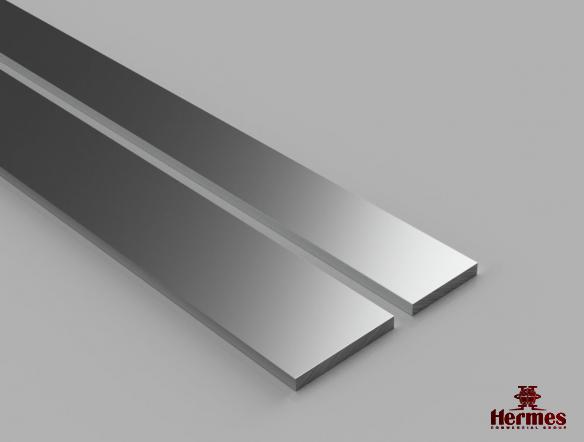
Pros and Cons of Metal Flat Bar That You Should Know
 Structural steel is a very widely used engineering material whose properties depend on the concentration of carbon and iron elements. In addition to its popularity in the construction industry, it is also of interest to engineers and scientists in this field, and as such, many types of research and experiments have been conducted on its behavior and properties. Steel Structure Building. What is Structural Steel? Structural steel is a very widely used engineering material whose properties depend on the concentration of carbon and iron elements. In addition to its popularity in the construction industry, it is also of interest to engineers and scientists in this field, and as such, many types of research and experiments have been conducted on its behavior and properties. Steel Structure Building The main goal of steel in the construction industry is to form a skeleton that holds everything together. On the other hand, because it is a flexible material, it is used in reinforced concrete structures to withstand a tension that concrete cannot withstand. The first advantage of steel, which is favored by civil engineers, is its softness. Although in the design of steel structures, it is tried not to enter the plastic range, the ductility of steel before rupture is a very positive feature. Imagine a roof made of crunchy materials that have no sign when it is broken and collapses at once. Of course, if it showed signs of deformation and failure, The users had the opportunity to escape. But steel provides warning signals before the building breaks down, thus making the breakdown less catastrophic and people get the chance to escape under the roof where the fundamental deformation is made. Steel structure buildings weigh less per square meter than buildings built with other building materials. This is due to the high strength of steel relative to its weight. Usually, structural steel has a yield stress of 2400 kg/cm2, which means that with a steel rod with a diameter of 1 cm can hold 7.5 tons or 8 pride machines! Therefore, steel structural elements are usually more delicate due to the high resistance of this metal, which ultimately makes the building lighter.
Structural steel is a very widely used engineering material whose properties depend on the concentration of carbon and iron elements. In addition to its popularity in the construction industry, it is also of interest to engineers and scientists in this field, and as such, many types of research and experiments have been conducted on its behavior and properties. Steel Structure Building. What is Structural Steel? Structural steel is a very widely used engineering material whose properties depend on the concentration of carbon and iron elements. In addition to its popularity in the construction industry, it is also of interest to engineers and scientists in this field, and as such, many types of research and experiments have been conducted on its behavior and properties. Steel Structure Building The main goal of steel in the construction industry is to form a skeleton that holds everything together. On the other hand, because it is a flexible material, it is used in reinforced concrete structures to withstand a tension that concrete cannot withstand. The first advantage of steel, which is favored by civil engineers, is its softness. Although in the design of steel structures, it is tried not to enter the plastic range, the ductility of steel before rupture is a very positive feature. Imagine a roof made of crunchy materials that have no sign when it is broken and collapses at once. Of course, if it showed signs of deformation and failure, The users had the opportunity to escape. But steel provides warning signals before the building breaks down, thus making the breakdown less catastrophic and people get the chance to escape under the roof where the fundamental deformation is made. Steel structure buildings weigh less per square meter than buildings built with other building materials. This is due to the high strength of steel relative to its weight. Usually, structural steel has a yield stress of 2400 kg/cm2, which means that with a steel rod with a diameter of 1 cm can hold 7.5 tons or 8 pride machines! Therefore, steel structural elements are usually more delicate due to the high resistance of this metal, which ultimately makes the building lighter.
Which Country Has the Most Potential for Exporting Metal Flat Bar?
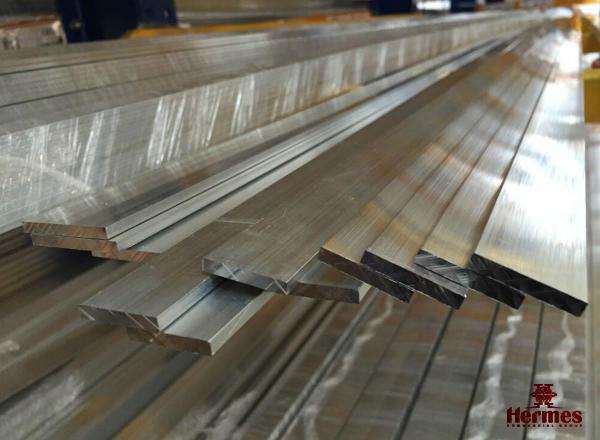 Among the G20 member states, after China and the United States, Germany ranks next with exports of $1.2 trillion, followed by Japan, South Korea, Liners, France, Canada, Mexico, Russia and the United Kingdom. Among G20 members, the value of EU commodity exports has reached $4.9 billion with a 39 percent share. After these countries, China alone registered 20 percent of all exports worth $2.5 billion. After that, the U.S. ranks next with $1.3 billion
Among the G20 member states, after China and the United States, Germany ranks next with exports of $1.2 trillion, followed by Japan, South Korea, Liners, France, Canada, Mexico, Russia and the United Kingdom. Among G20 members, the value of EU commodity exports has reached $4.9 billion with a 39 percent share. After these countries, China alone registered 20 percent of all exports worth $2.5 billion. After that, the U.S. ranks next with $1.3 billion
Factors Influencing the Cost Price of Metal Flat Bar
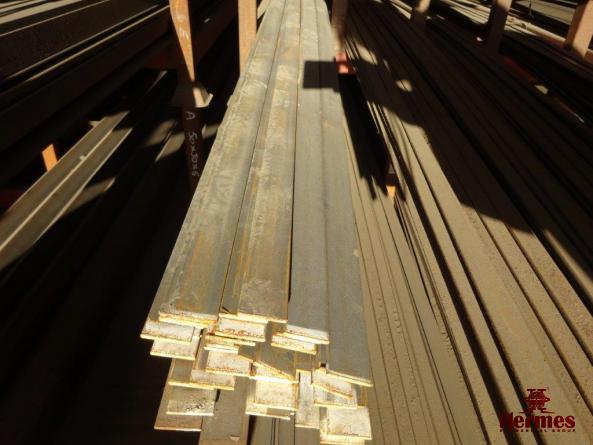 Different elements affect the cost of flat metal strips and all steel derivatives and Different factors can affect the price of flat metal strips, including sizes, alloy type and weight and … By producing the best and finest products, we have been able to continuously satisfy our dear customers throughout the country and the world.
Different elements affect the cost of flat metal strips and all steel derivatives and Different factors can affect the price of flat metal strips, including sizes, alloy type and weight and … By producing the best and finest products, we have been able to continuously satisfy our dear customers throughout the country and the world.
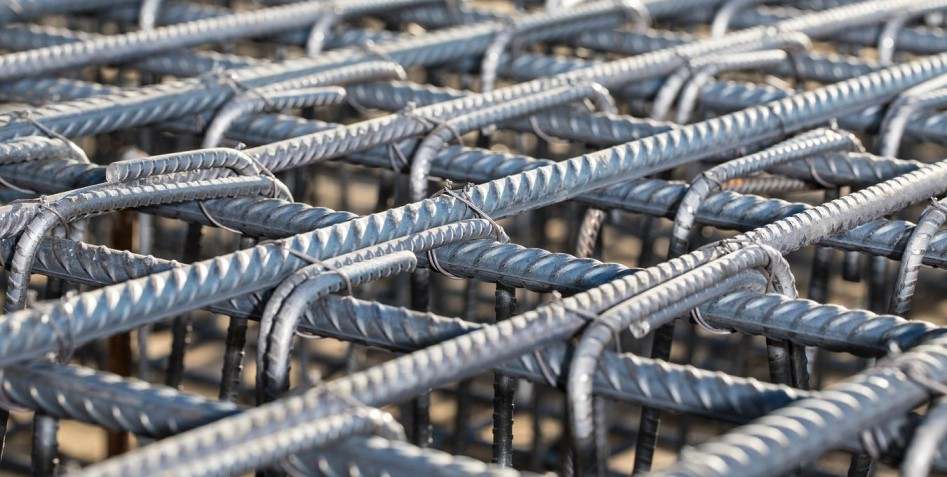

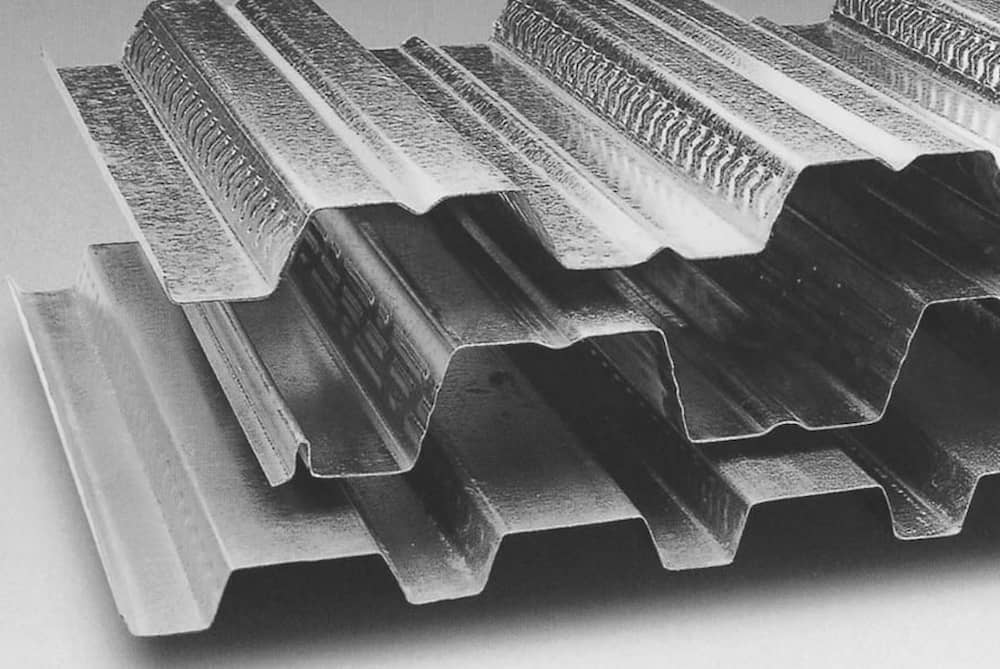
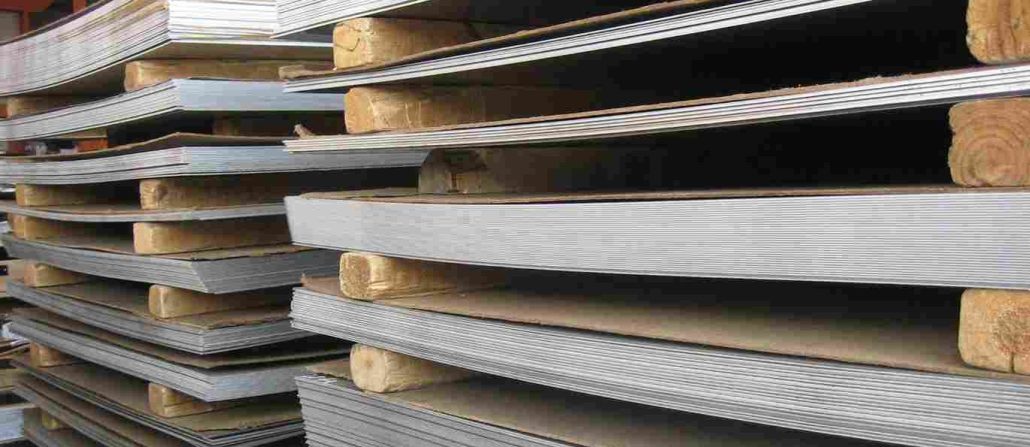
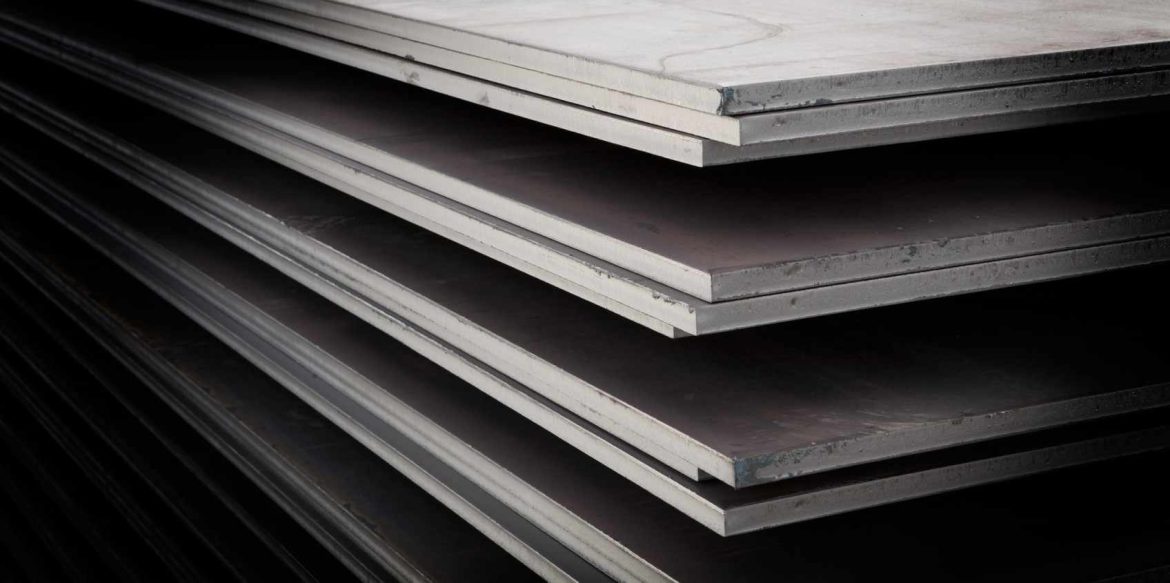
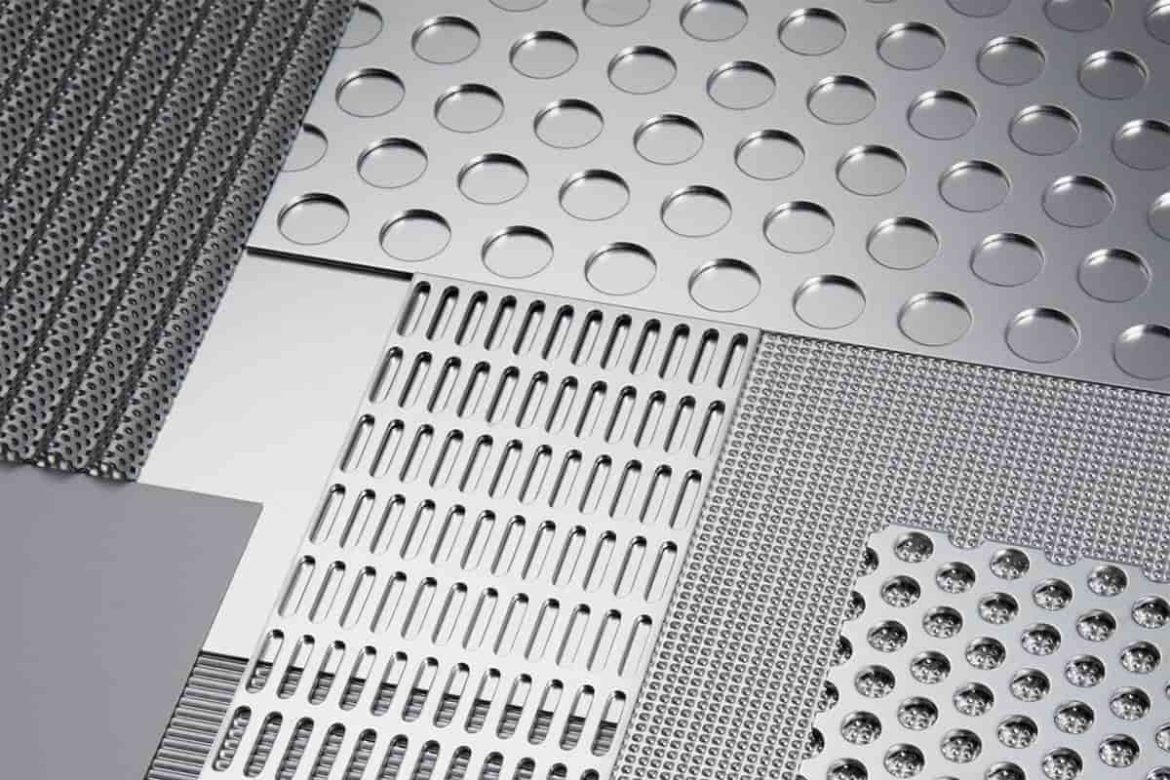
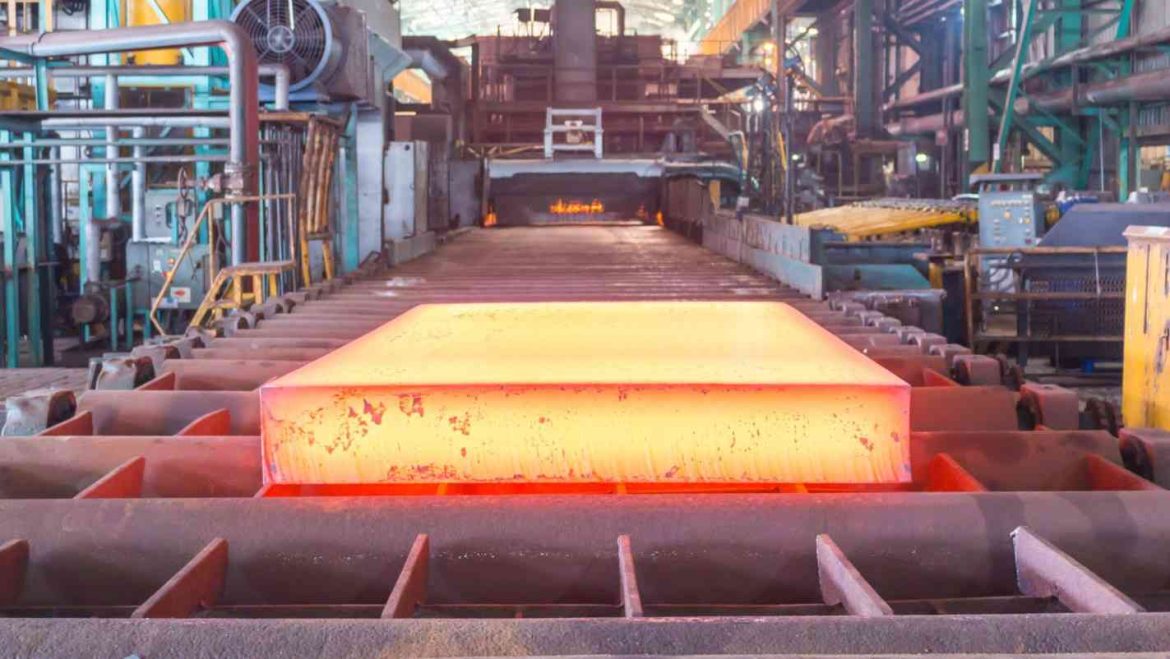
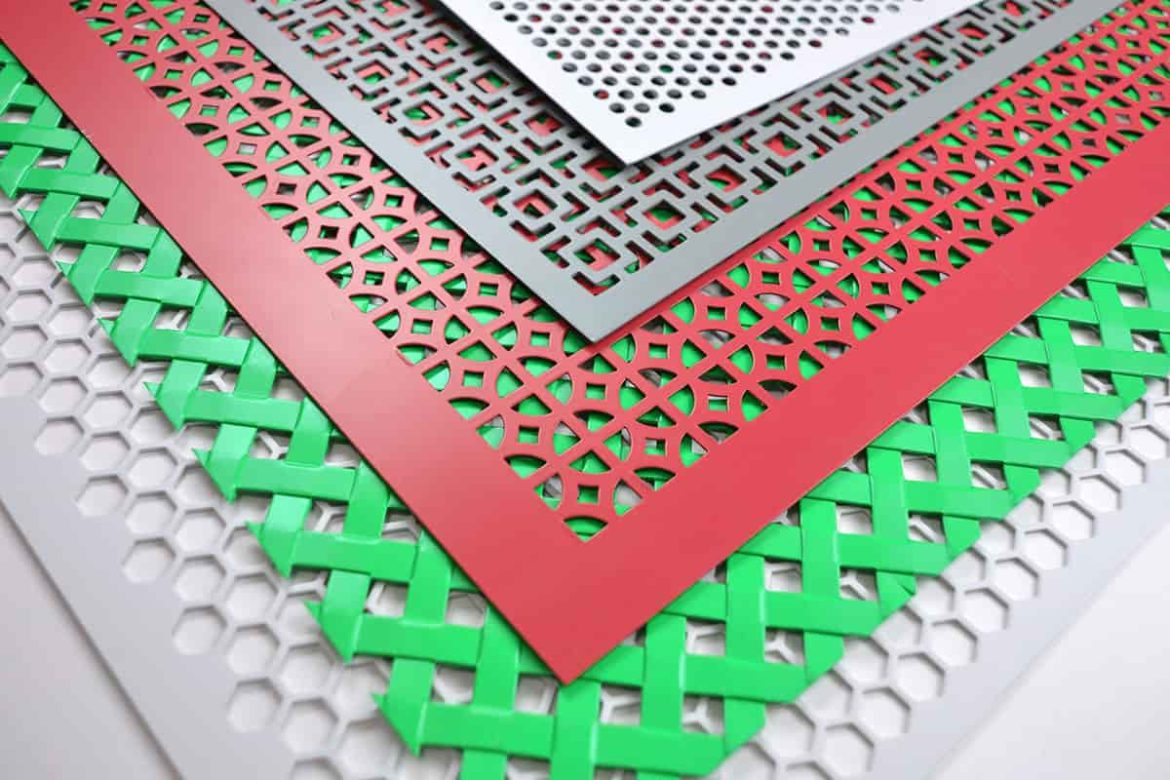
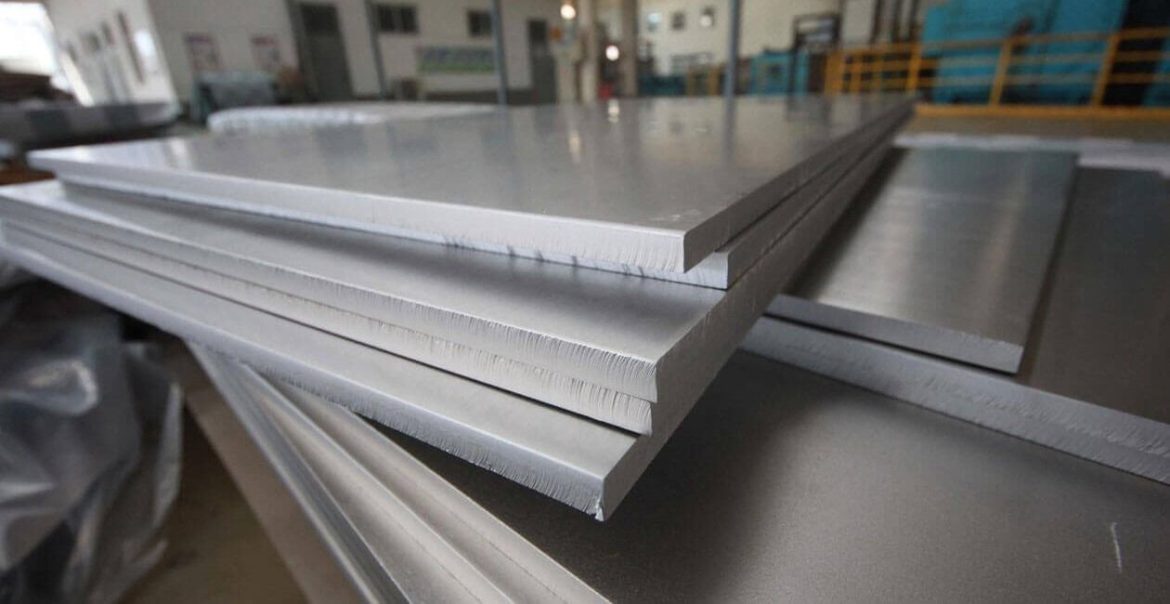
Your comment submitted.